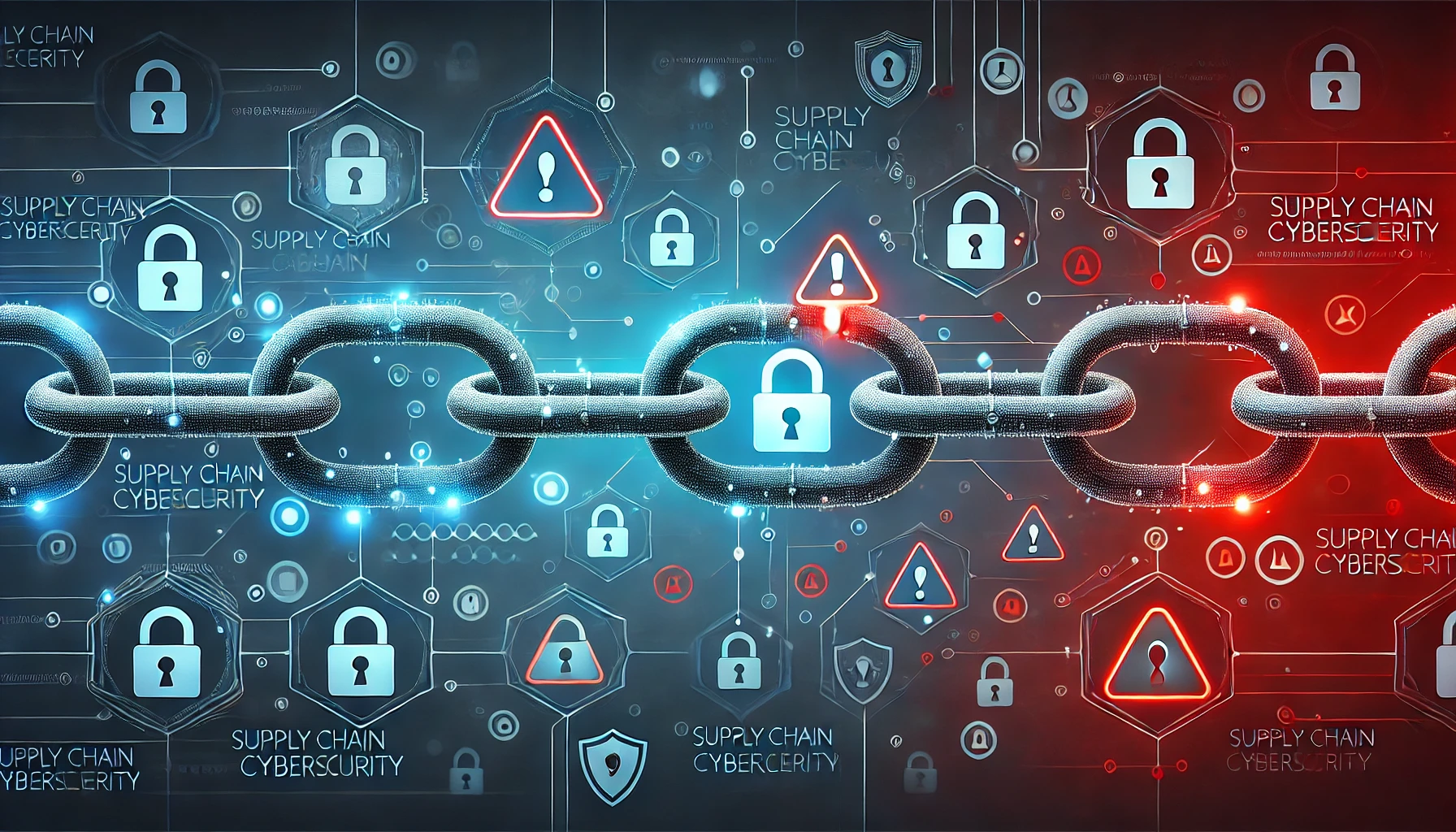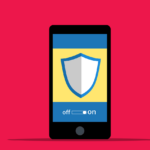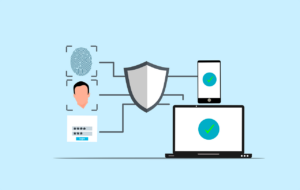It seems like the cyber world never rests, and this time, it’s DHL—again. The logistics giant has had its fair share of cybersecurity challenges, but the recent cyber incident involving Microlise, a third-party telematics provider, has put DHL in a tough spot (Fleet News). If you’re in logistics or any industry relying on an intricate web of supply chains, this is your sign to take a good, hard look at your cybersecurity posture.
The Knock-On Effect: One Weak Link, Big Consequences
The attack on Microlise didn’t just affect their operations; it caused ripple effects that disrupted DHL’s ability to track fleets and manage logistics smoothly. It’s a textbook example of how dependent organisations are on their partners’ cybersecurity practices. Your supply chain is like a string of Christmas lights—if one bulb goes out, the rest might as well not exist.
But Wait, Didn’t DHL Just Have a Breach?
Yes, they did. Back in June 2023, DHL was hit by the MOVEit vulnerability, exploited by the Clop ransomware group, compromising personal data including payroll numbers and National Insurance details (Leigh Day). This serves as a reminder that attacks don’t just come in one flavour—they can strike directly or sneak in through third parties.
Compliance Isn’t Enough
Many organisations tout their compliance with standards as a badge of honour. Don’t get me wrong, it’s necessary, but in the same way that a seatbelt is necessary in a car crash—it helps, but it’s not the whole solution. This case demonstrates that even if your own cybersecurity is top-notch, you’re still exposed to risks from third parties. Compliance should be a starting point, not the final destination (ISACA).
Phishing and Human Error: The Classic Duo
It’s not always advanced exploits or elite hacking teams that get the job done; sometimes, it’s just Bob in Accounts who can’t resist clicking on “You’ve Won a Prize!”. DHL knows this better than most—back in 2021, they were the most impersonated brand in phishing scams, making up 23% of global phishing attempts (Check Point). Educating employees and fostering a culture of vigilance can’t be stressed enough (Verizon Data Breach Investigations Report).
The Path Forward: Lessons Learned
So, what’s the takeaway from all of this? First, partner vetting should be as thorough as the security checks at an international airport. If your partners can’t demonstrate a proactive, robust approach to cybersecurity, then it’s time to rethink that relationship. Implementing multifactor authentication that goes beyond SMS-based codes is crucial (NCSC). And don’t forget about continuous, engaging security training for your teams—because Bob from Accounts isn’t going anywhere.
Final Thoughts
The DHL incident is more than a cautionary tale; it’s a clarion call for businesses to revisit their supply chain security strategies. Ensuring the strength of your security measures and those of your partners can be the difference between a minor inconvenience and a major crisis. At (Equate Group), we help organisations build resilience across their entire supply chain, from partner assessments to comprehensive cybersecurity strategies. It’s not just about patching the holes; it’s about reinforcing the entire structure.
In today’s world, securing your supply chain isn’t just an IT task—it’s a business imperative. So, as we learn from DHL’s latest challenges, remember: when it comes to cybersecurity, you’re only as strong as your weakest link. And sometimes, that link isn’t even in your office; it’s halfway across the world, sipping a coffee next to a suspiciously outdated server.






